Pros and cons of competitive electricity market
There seems to be a school of thought that the root of all problems is the monopoly in the electricity industry and that breaking up the monopoly will help the electricity industry develop as has happened with telecommunications and aviation.
We need to take a deeper look at the gains and losses of competitive electricity markets.
Electricity transmission has always been a natural monopoly in every country in the world, regardless of whether it is a private monopoly or a state monopoly. If the monopoly is left to the enterprises, they will raise the price to enjoy the profit while the consumers suffer. This is one of the defects of the market economy and needs the visible hand of the State to intervene.
The basic way of intervention is for the State to set the electricity price. But what does the State base its decision on to set that price?
Is it possible to look at other countries in the world and calculate the domestic electricity price? This seems impossible because the conditions of each country are very different.
The most feasible pricing method is the cost method. All costs for producing and trading electricity in the previous year will be added together, divided by the electricity output of the whole year to get the electricity price for the next year. This is the method that not only Vietnam but many other countries are doing.
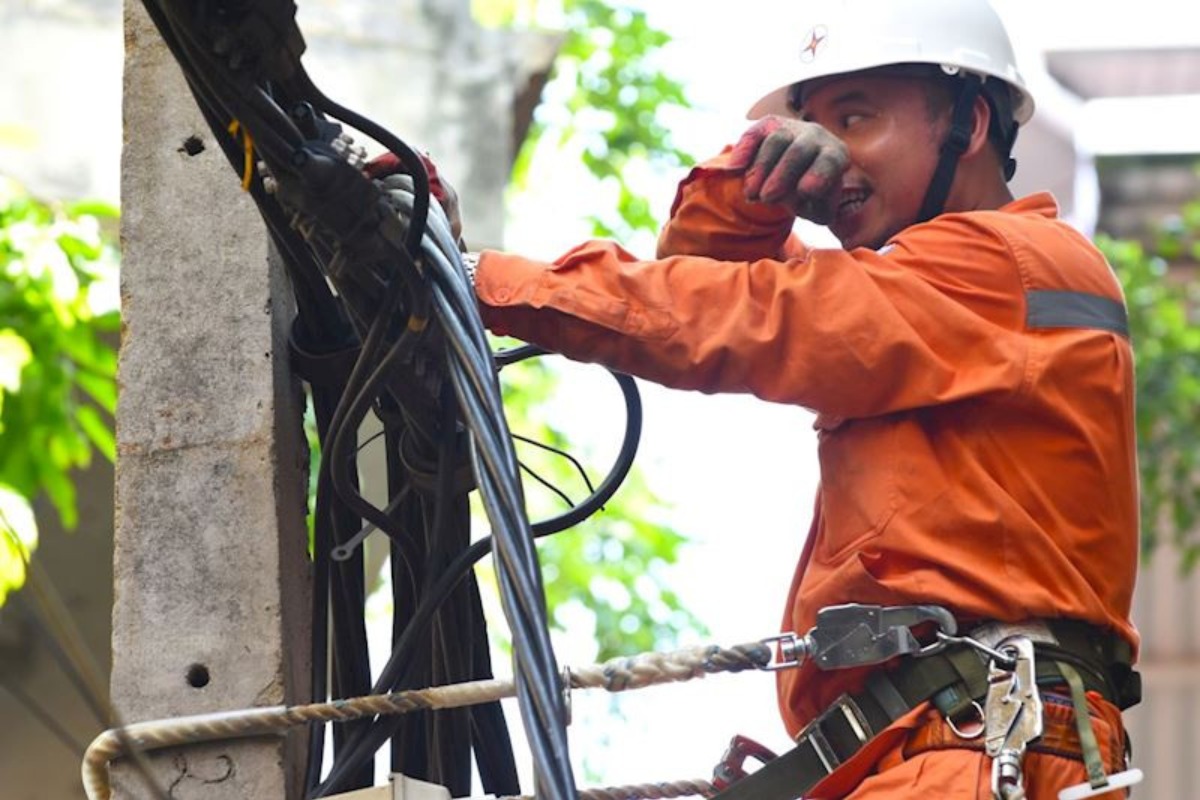
But this approach has an undesirable consequence. Since the electricity company knows that the costs it incurs this year will be repaid next year, it has no incentive to save. Many countries in the world face a situation where the electricity company monopolies pay very high salaries to their employees and buy the most modern equipment.
The government can hire auditors and check costs itself, but it is very difficult to determine whether the costs of electricity production and business are reasonable or not, and whether savings have been made. Moreover, government officials themselves do not have much motivation to ask the monopoly power company to save, because their salaries do not increase when doing so?!
The only ones who have the incentive to demand energy efficiency from the utility are consumers. However, millions of consumers are too small and unskilled to participate in this cost-checking process. Even if there were consumer protection associations or associations of electricity-using businesses, it would still be ineffective.
Is there a solution to this problem? Competition in the retail electricity market could be the solution to this contradiction.
First of all, it must be said that competition in the retail electricity market does not mean that there is no longer a monopoly. The natural monopoly on transmission lines still exists, it is just that the customers of that monopoly have changed.
Under the competitive model, there will be a number of intermediary businesses, buying electricity from the sources of the factories, renting lines from the monopoly power transmission company to “carry” the electricity and sell it to customers. Consumers will then have a choice among many such electricity retailers.
These electricity retailers still have to lease lines from a monopoly. They do not have the same choice as consumers.
But now, the monopoly's customers are no longer millions of people, but only a few electricity retailers. These businesses have the expertise and the motivation to demand savings from the transmission monopoly. The government only needs to intervene to ensure that any electricity retailer that "loudly" demands savings from the transmission company is not treated unequally by the transmission company compared to other retailers.
Thus, competition in the retail electricity market will help prevent waste in investment and operation of the transmission system.
The "problem" of competition?
However, competition is not without its problems.
First, competition will increase transaction costs. It can be seen that suddenly there will be more businesses in the market, along with human resources, boards, business operating costs, negotiation costs, advertising costs, customer care costs, etc. All of these costs will be added to the price and then consumers will have to pay.
Will this additional transaction cost be greater or will the loss of waste be greater? In other words, will the final price of electricity go up or down? This is a difficult question to answer because it depends on the conditions of each country and how thoroughly the new model is applied.
Second, these retailers will only compete with each other in urban areas, where electricity output is large and the cost of renting lines per unit of electricity sold is low. In remote areas, where electricity output is small, electricity supply costs are high but revenue is low, these retailers will not be interested. At that time, the State will be forced to intervene, either directly or through the monopoly transmission company, to supply electricity to remote areas.
That is why many opinions oppose the competition of electricity retail because it will lead to a situation where the private sector jumps in to make profit in good places, and the state still monopolizes welfare in bad places.
In short, the advantage of competitive retail markets is that they create better cost control mechanisms for monopolies and avoid waste. Consumers have more choices and tend to enjoy better after-sales service. However, the benefits for consumers are only in urban areas, and in remote areas, there is no certainty of change (?). The final price of electricity, whether it will increase or decrease, is still a question mark.
However, there is a value that cannot be measured in money, that is, society will be more transparent. There will be no more confusion between business and welfare, no one will suddenly benefit just because of waste caused by the mechanism.
Society operates on the principle that no one works, no one eats. Is that civilized?
Nguyen Minh Duc (Public policy expert)
Source




![[Photo] Hanoi morning of October 1: Prolonged flooding, people wade to work](https://vphoto.vietnam.vn/thumb/1200x675/vietnam/resource/IMAGE/2025/10/1/189be28938e3493fa26b2938efa2059e)



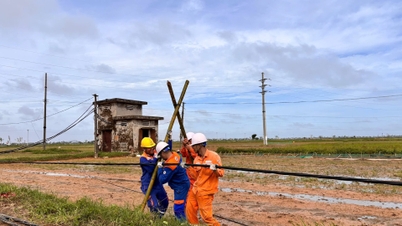

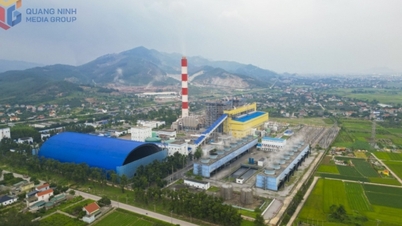









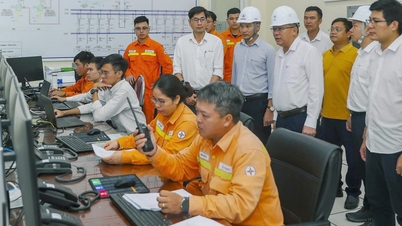
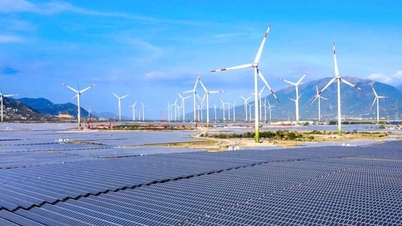
















![[Photo] Panorama of the cable-stayed bridge, the final bottleneck of the Ben Luc-Long Thanh expressway](https://vphoto.vietnam.vn/thumb/1200x675/vietnam/resource/IMAGE/2025/9/30/391fdf21025541d6b2f092e49a17243f)
![[Photo] President Luong Cuong receives President of the Cuban National Assembly Esteban Lazo Hernandez](https://vphoto.vietnam.vn/thumb/1200x675/vietnam/resource/IMAGE/2025/9/30/4d38932911c24f6ea1936252bd5427fa)
![[Photo] The 1st Congress of Phu Tho Provincial Party Committee, term 2025-2030](https://vphoto.vietnam.vn/thumb/1200x675/vietnam/resource/IMAGE/2025/9/30/1507da06216649bba8a1ce6251816820)























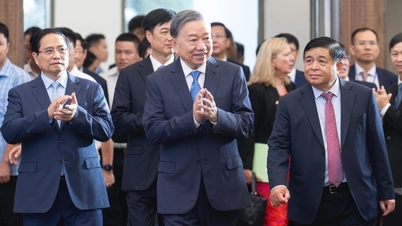



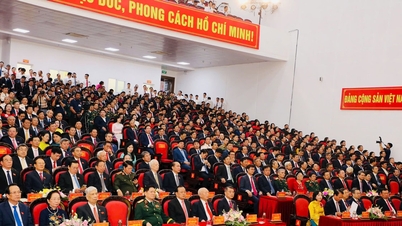

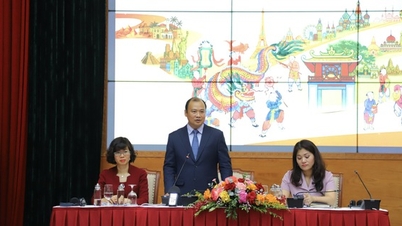






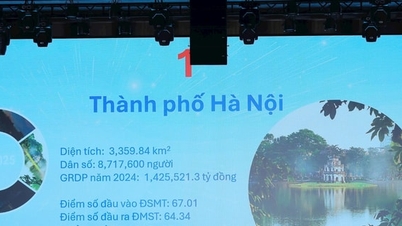






















Comment (0)